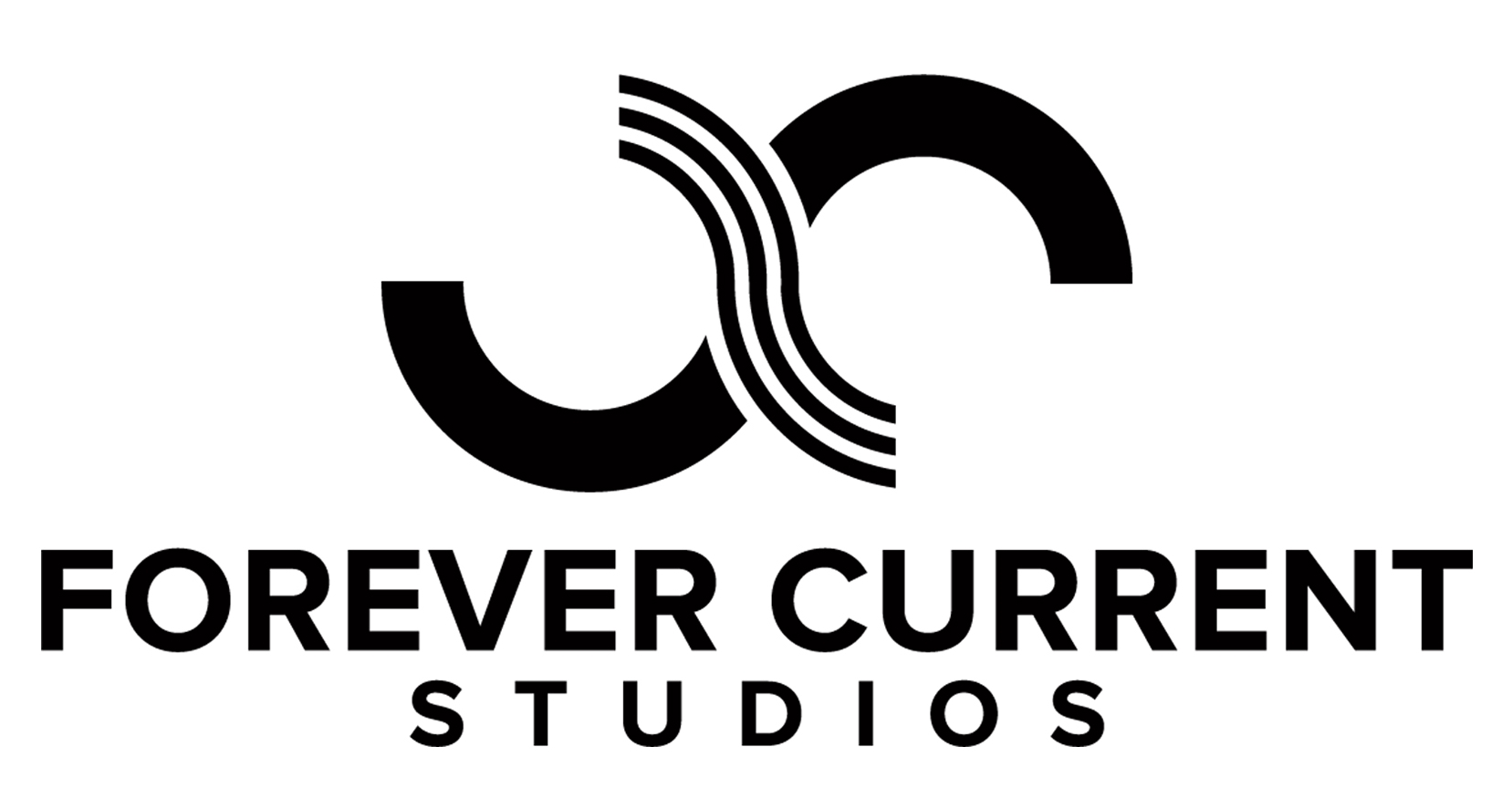#MIXTIPMONDAYS - REVERB
REVERBS
REVERB TIPS
I'll spare you the whole explanation of what reverb is, you can google it if you dont understand the concept but maybe the attached illustrations will help. What I want to actually provide is some tips on how to better use reverbs in your mix or when you are engineering yourself. The problem I see with newer engineers is that they use too much reverb. Either the sound is too wet and the pre-delay and decay are not in time.
TIP #1 - SELECTING THE RIGHT TYPE OF REVERB
Typically there are 5 main typse of reverbs to choose from. Hall, Plate, Chamber, Room, and Spring. You want to send your signal through a lot to really hear the effect and select the best type for the vibe and feel of the song. Whether the vocals or music call for a darker intimate feel, or something brighter. There's no secret really other than matching what you hear with what the music makes you feel.
TIP #2 USE A DELAY CALCULATOR TO SET THE PRE-DELAY AND DECAY TIMES
You want to create reverb atmospheres that really fit in time with the music? Then you need to actually put them on time based on their tempo. The use of a delay calculator (such as this one here) is a great tool! Simply plug in the tempo of your session and look at the results! Everything is already displayed in milliseconds, just like the setting in your reverb plugin. When adjusting my pre-delay settings, I will start with setting it to 1/64 or 1/32 note. For the decay or tail of the reverb, I will try either a whole note, or maybe doubling it if the vocals gives me the space to fill. The key for me is to simply fill in the empty spaces so every part of the song is interesting. When it comes to hip-hop, I typically use a shorter decay since more words are closer together when rapping. Except for the famous Travis Scott reverb on adlibs, those decays are meant to be long to have that effect.
TIP #3 - HAVE FUN AND COMBINE REVERBS AND DELAYS
Sometimes you might lek the sound of a few different reverbs. No one says you only have to choose one. Play around with sending different ammounts of the same signal to different reverbs to see if they work well and give you a unique sound. Also remember that reverbs are pretty much just really really fast delays. So with that in mind, even starting off with a fast delay and adding a reverb on top of that, you can create a new reverb to use. Add an eq to control what frequencies of the reverb you want (for instance adding a hi or lo-pass filter).

